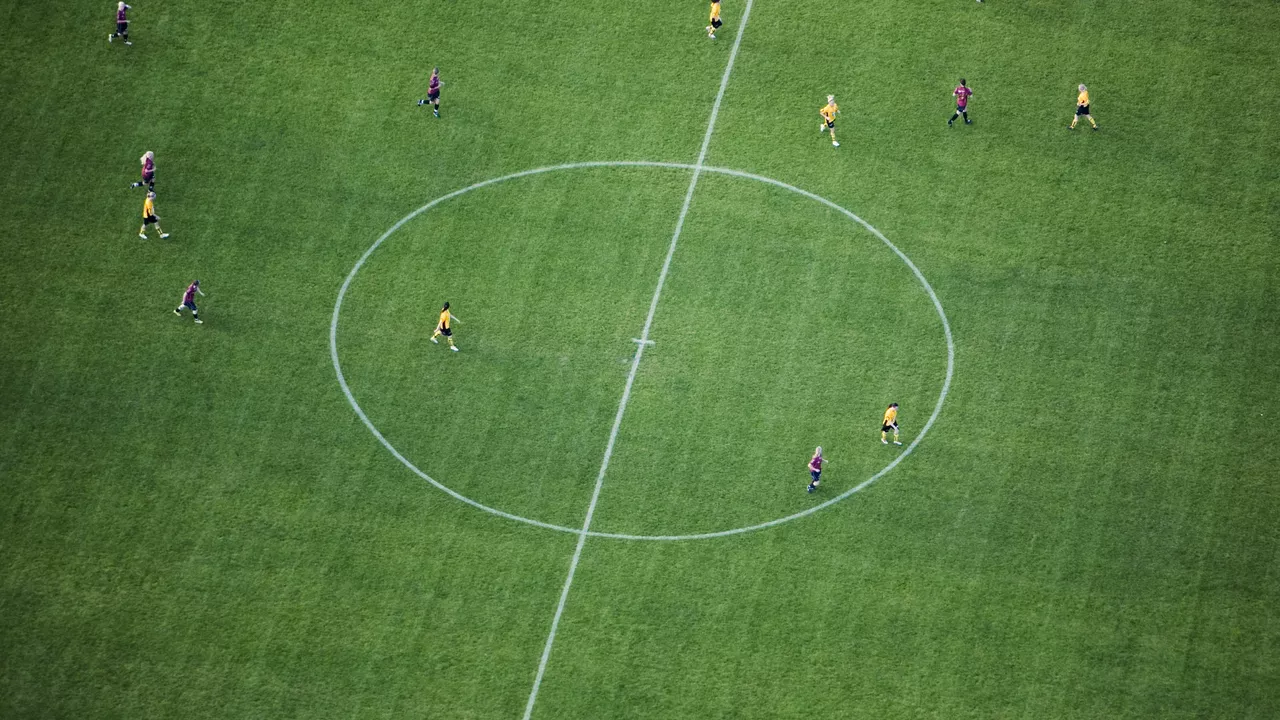Tag: soccer
How to play your 3-5-2 in soccer?
In my latest blog post, I've explored the 3-5-2 formation in soccer, which is a versatile and dynamic strategy. I've explained how the positioning of three defenders, five midfielders, and two strikers can help control the midfield and create numerous attacking opportunities. The key is for the wide midfielders to cover both offensive and defensive duties, providing balance on the field. I've also highlighted the importance of communication and understanding between the players to make this formation effective. It's a great read for those looking to enhance their soccer tactics.
Why is soccer not so competitive in the United States?
Soccer is the most popular sport in the world but has not been able to grow in popularity in the United States. There are many reasons why soccer has not been able to gain traction in the US. One major factor is the lack of competition. In the US, there are only a handful of professional and semi-professional soccer teams, which creates a lack of competition and limits the chances of the sport growing in popularity. Additionally, there is a lack of investment in youth soccer programs and player development, which further prevents the sport from becoming more competitive. As a result, soccer has not been able to become a popular sport in the United States.
Do Canadians call it football or soccer?
The article "Do Canadians call it football or soccer?" examines the history of the name of the sport in Canada. It explains that the sport was originally called "football", and that the name "soccer" was adopted in the late 19th century. The article goes on to explain that the sport has been called both "football" and "soccer" in Canada, and that the name used depends on where in the country the sport is being discussed. It also notes that while the official name of the sport is "soccer", most people in Canada still refer to it as "football". Finally, the article concludes that it is likely that both names will continue to be used in Canada, as the sport continues to evolve and gain popularity.
Why would a soccer player decline to play for their country?
Soccer players may decline to play for their national team for a variety of reasons. It could be due to personal issues such as family, work or health issues. It could be because of financial issues, such as not being able to agree to a contract or not wanting to sacrifice their salary. It could also be due to a lack of interest or respect for the national team. Lastly, it could be because the player is unhappy with the team's performance or because they disagree with the team's strategies.
Why do Belgium soccer players wear their opponent's flag?
Belgian soccer players have been seen wearing the flags of their opponents during international matches. This tradition is believed to have started in the 1970s as a sign of respect for their opponents, a way of showing that they are representing the entire country and not just their own team. It is also thought to be a way for the players to express solidarity with their opponents and to foster a sense of unity. The players also wear their own team's flags to show loyalty and support for their own team. The tradition is an example of sportsmanship and is a great way for the players to show respect for their opponents, even in the heat of the competition.
© 2025. All rights reserved.




